In the southeast of Portugal, there lies a deserted mine village. It’s scenery seems like it’s taken out of a post-apocalyptic novel or movie. Derelict buildings, rusty colossal past-era machinery and crimson red water ponds. It’s not hard to imagine all kinds of different scenarios that might have been going on there. However, the truth is one and we will try to do justice to this now magnificent ruin and tell its story.
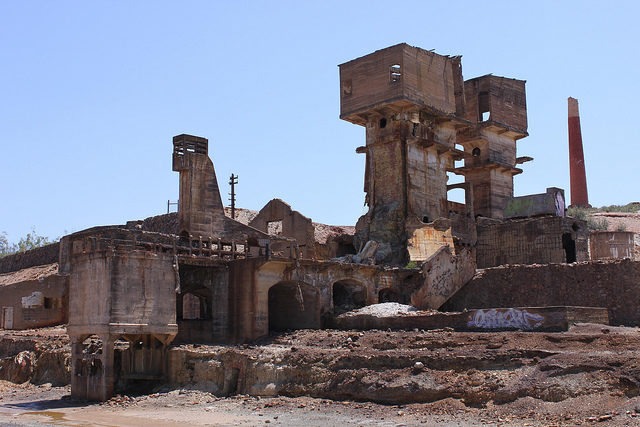
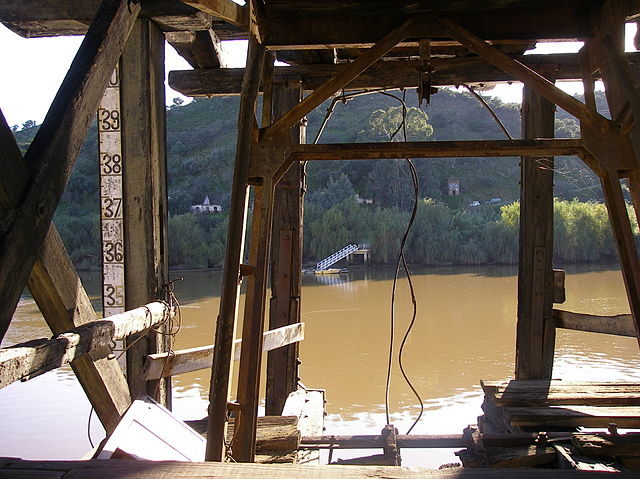
The abundance of metals in area is believed to have first been discovered and mined by the Phoenicians and the Carthaginians, later the Romans took control and mined copper, silver and gold. Somehow this period ended and the mine fell out of use. Forgotten, unneeded or simply no one with enough control or force was around in the area that could use it. This went on for centuries. For hundreds of years, the mineral-rich rock lay underground waiting to be rediscovered.
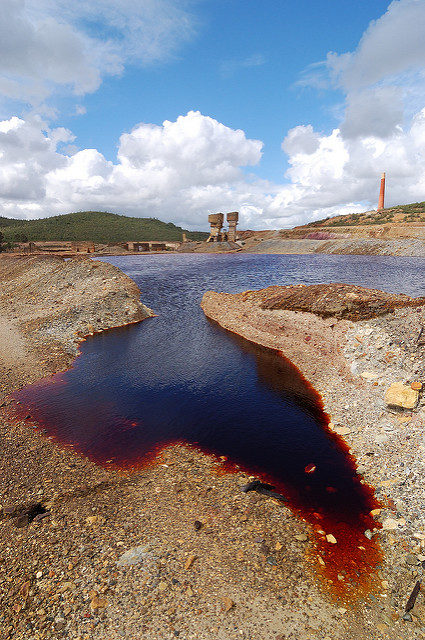
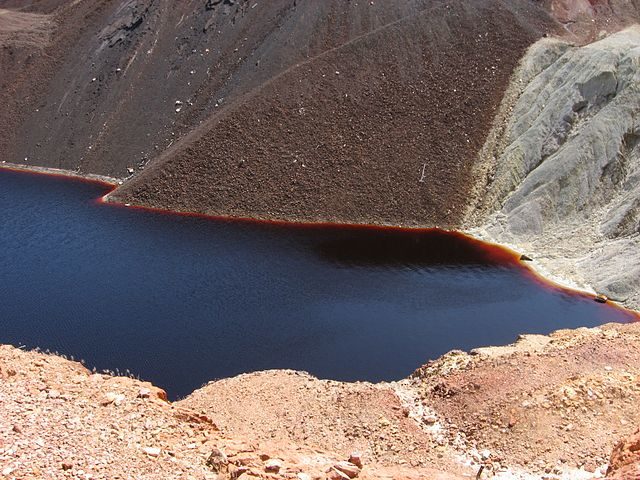
Status quo continued until 1854 when an Italian miner from Piedmont named Nicolau Biava. He claimed the mine and soon after passed the stake to the French mining syndicate La Sabina. During the next years the mining operation started again. The earth was woken up from it’s long dream and people were drilling and extracting ore yet again.
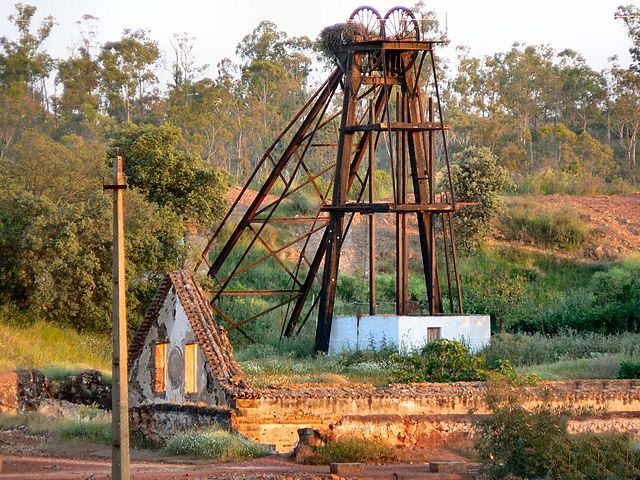
The French syndicate after four years of using the mine leased it to and English mining company, Mason and Barry, on a 50 year contract. At this time, with the Industrial Revolution booming up all throughout Europe and the United States, copper was in high demand. Appointed as a patron of the mining operation was the industrial mining expert of the time, Sir Francis Barry, and as his right hand he took his brother in law James Mason.
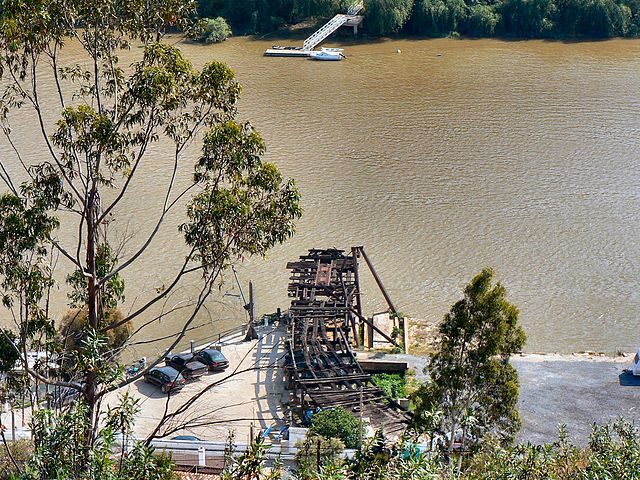
Once the English took over, the whole area of the mine underwent great development. More houses were built and more Portuguese workers were employed in the mine. The great expansion included an 11 mile (18 km) railway that connected the mine of São Domingo to the nearby port of Pomarão. The port was also a byproduct of the Industrial Revolution as it was established to mainly serve the mine.
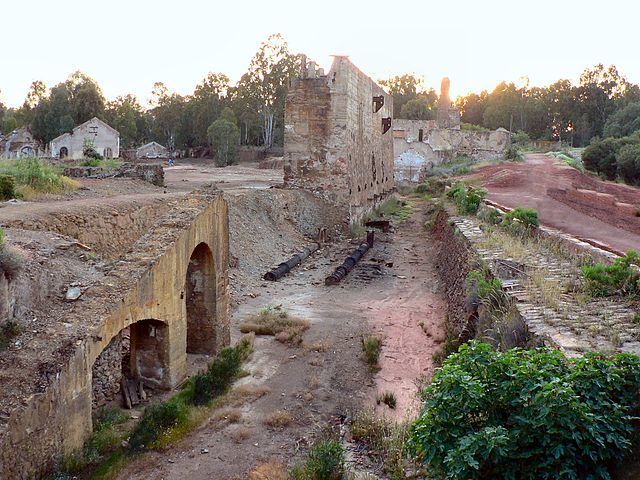
Being a river port it got destroyed by a great flood that lasted for two days on December 6 to 8 in 1876 but soon after it was rebuilt and ready to ship ore once again, mostly to England but other places as well.
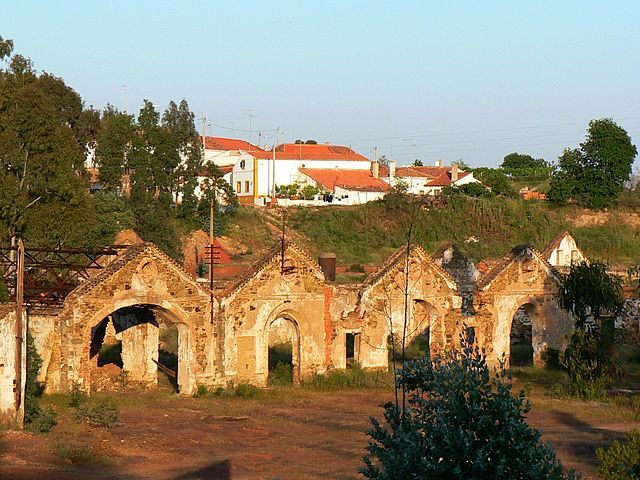
Copper was the main product until sulfuric acid became popular and widely used. At this point the mining operations changed its tack and jumped from copper to sulfur extraction. This lasted until until 25 megatons of ore had been extracted from the mine in 1966. That year the mine closed it’s pits for good.
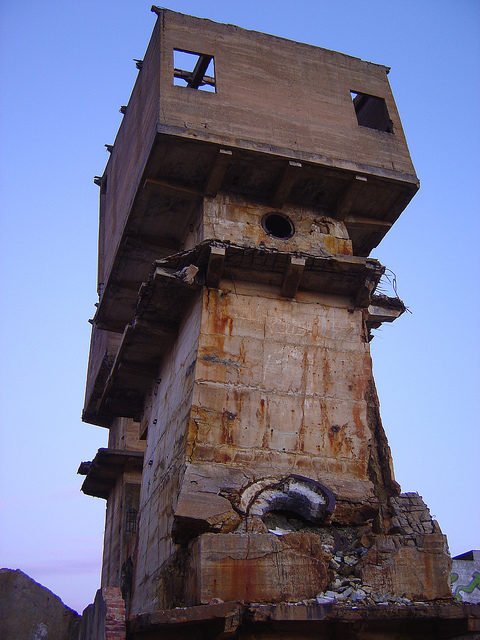
Many years after São Domingo mine closed, the old mine headquarters were converted into a hotel. In addition an old miner’s cottage was renovated as a small museum, showing the original conditions in which the Portuguese miners used to live. The old village cinema hosts an exhibition of old photographs and information registry of the miners and the operations.
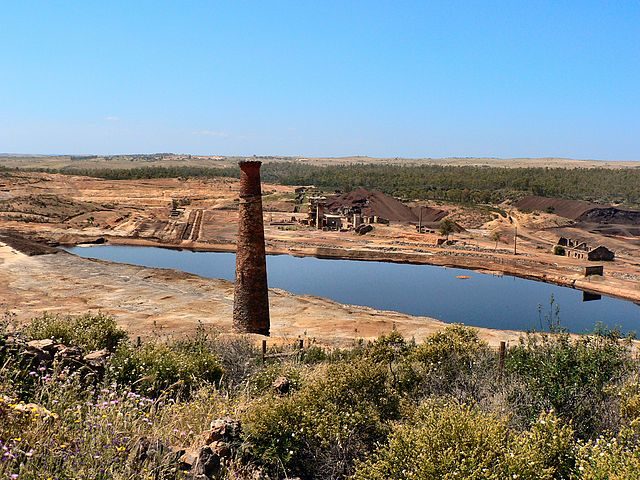
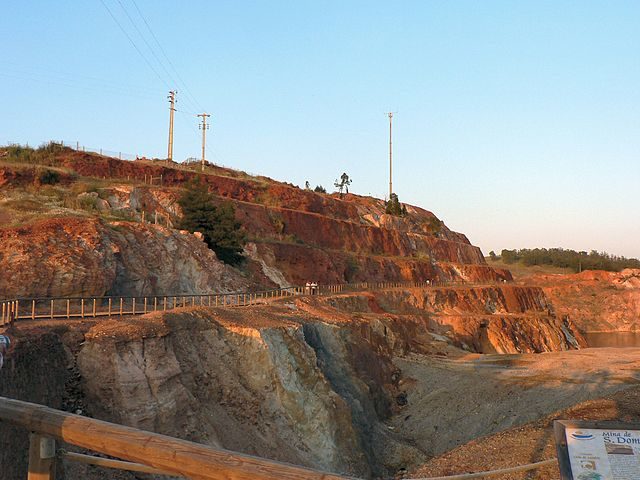
Today the location is open to the public with no restriction. Anyone can go and visit the old village and the São Domingo mine, walk around freely and feel like they just came out of a time machine. The only dangerous thing, besides climbing the rusty machinery or falling apart buildings, is the heat. The south of Portugal is very hot during the summer months and with this place being huge it is more than recommended to bring a lot of water.
